The A. W. Mellon Lectures in the Fine Arts49
The A. W. Mellon Lectures in the Fine Arts were inaugurated in 1949 by Paul and Mary Mellon and have been delivered annually at the National Gallery of Art, since 1952. Princeton University Press has published the resulting books in the Bollingen Series since 1967. Named for Andrew W. Mellon, the series was founded “to bring to the people of the United States the results of the best contemporary thought and scholarship bearing upon the subject of the Fine Arts.” It is widely considered to be one of the most prestigious lecture series in the humanities in North America. The entire series is now available in print and digital formats, including twenty-six titles that were long out of print, now with stunning new covers. View full list of lectures and publications in the series by year.
-
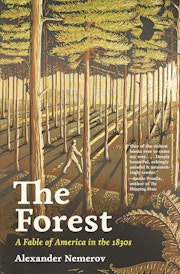
A vivid historical imagining of life in the early United States
“One of the richest books ever to come my way.”—Annie Proulx, Pulitzer Prize–winning author of The Shipping News -
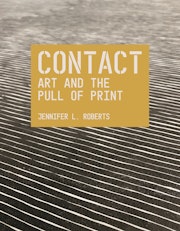
A leading art historian presents a new grammar for understanding the meaning and significance of print
-
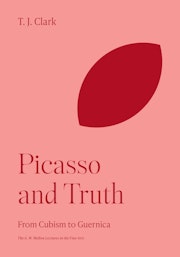
A groundbreaking reassessment of Picasso by one of today's preeminent art historians
-
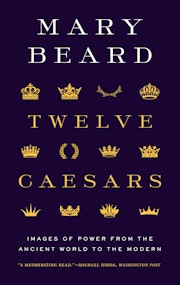
From the bestselling author of SPQR: A History of Ancient Rome, the fascinating story of how images of Roman autocrats have influenced art, culture, and the representation of power for more than 2,000 years
-

A stunning visual history of sculpture from prehistory through modernity
-
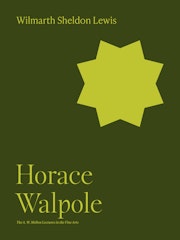
An illuminating biographical study of the eighteenth-century English man of letters and patron of the arts
-
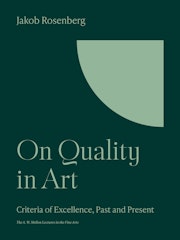
An acclaimed art historian explains how to identify excellence in art
-
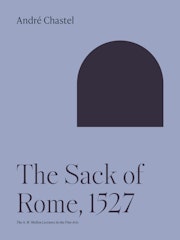
From a leading art historian of Renaissance Italy, a compelling account of the artistic and cultural impact of the sack of sixteenth-century Rome
-
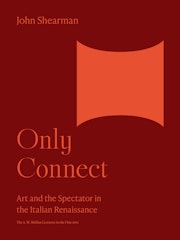
A leading art historian’s plea for a more engaged reading of Italian Renaissance art
-

A major account of Renaissance portraiture by one of the twentieth century’s most eminent art historians
-
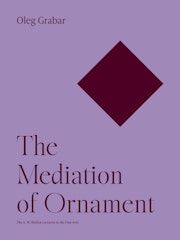
How ornamentation enables a direct and immediate encounter between viewers and art objects
-
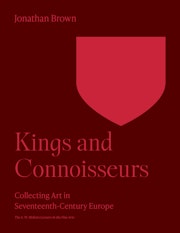
A vivid and exciting account of royal collectors, art dealers, connoisseurs, and the rise of old master paintings
-
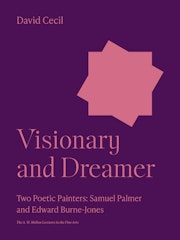
An eminent literary biographer and critic shows how poetry enriched the art of two representative English Romantic painters
-

A landmark account of the work, thought, and life of the seventeenth-century French painter
-
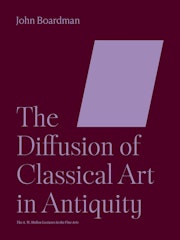
From one of the world’s leading authorities on ancient Greek art, a groundbreaking account of how Greek images were understood and used by other ancient peoples, from Britain to China
-

An original account of ancient Egyptian and Sumerian architecture from the acclaimed architectural historian
-
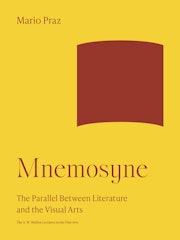
The classic study of the timeless relationship between literature and the visual arts
-
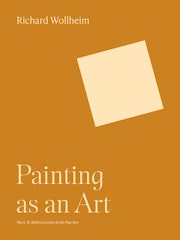
One of the twentieth century’s most influential texts on philosophical aesthetics
-
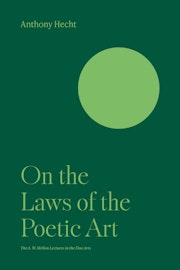
A magisterial exploration of poetry’s place in the fine arts by one of the twentieth century's leading poets
-
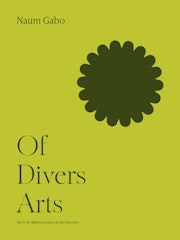
Constructivist and sculptor Naum Gabo’s personal account of his development as an artist
-
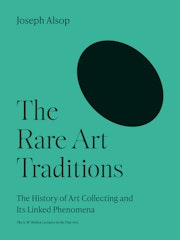
A cultural and social history of art collecting, art history, and the art market
-
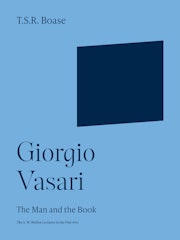
A striking account of Vasari’s career, friendships, and contribution to the art of the Italian Renaissance
-
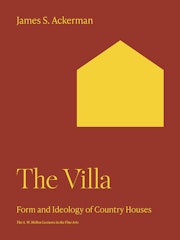
A classic account of the villa—from ancient Rome to the twentieth century—by “the preeminent American scholar of Italian Renaissance architecture” (Architect’s Newspaper)
-
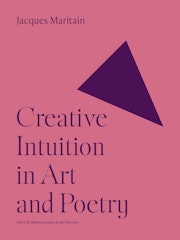
The classic work on the sublime interplay between the arts and poetics
-

A groundbreaking reevaluation of paleolithic art through the lens of modernism, from the acclaimed historian of art and architecture
-

The classic book on William Blake as prophet of the New Age
-

An illuminating look at the iconography of the early church and its important place in the history of Christian art
-
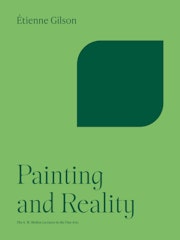
A classic study of the art of painting and its relationship to reality
-
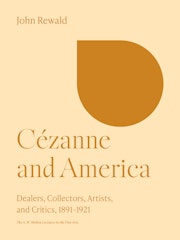
The classic work by internationally acclaimed Cézanne scholar John Rewald
-
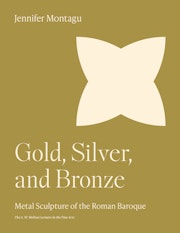
An in-depth look at the exquisite metal sculpture of the Roman baroque
-
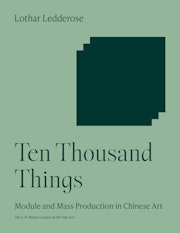
An incomparable look at how Chinese artists have used mass production to assemble exquisite objects from standardized parts
-
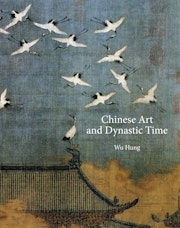
A sweeping look at Chinese art across the millennia that upends traditional perspectives and offers new pathways for art history
-
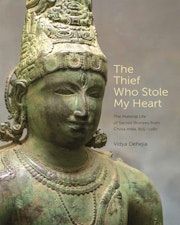
The first book to put the sacred and sensuous bronze statues from India’s Chola dynasty in social context
-
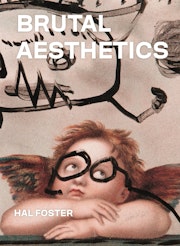
How artists created an aesthetic of “positive barbarism” in a world devastated by World War II, the Holocaust, and the atomic bomb
-
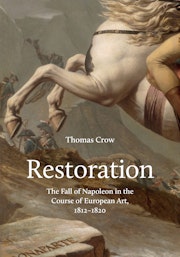
How social upheavals after the collapse of the French Empire shaped the lives and work of artists in early nineteenth-century Europe
-
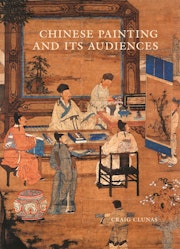
A history of the reception of Chinese painting from the sixteenth century to the present
-
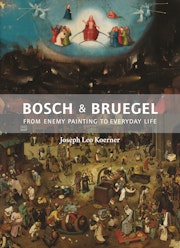
A bold new interpretation of two northern Renaissance masters
-
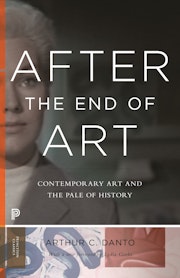
The classic and provocative account of how art changed irrevocably with pop art and why traditional aesthetics can’t make sense of contemporary art
-
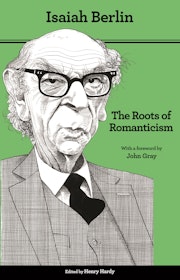
A brilliant brief account of romanticism and its influence from one of the most important philosophers and intellectual historians of the twentieth century
-
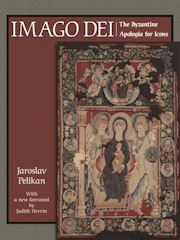
A sweeping account of the controversies surrounding the worship of images in the early Byzantine church
-
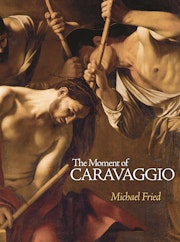
A richly illustrated reevaluation of Caravaggio from one of today's leading art historians
-
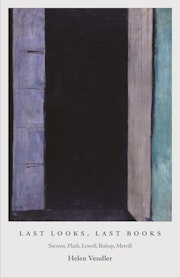
Modern American poets writing in the face of death
-
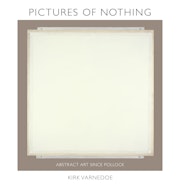
An illuminating exploration of the meaning of abstract art by acclaimed art historian Kirk Varnedoe
-
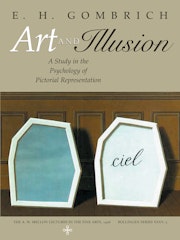
A groundbreaking account of perception and art, from one of the twentieth century’s most important art historians
-
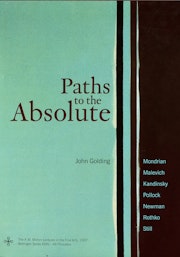
A groundbreaking account of the meaning of abstract painting
-
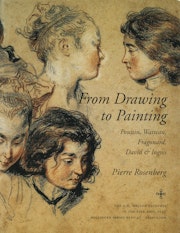
Unique perspectives from an acclaimed art historian on the relationship between drawing and painting
-
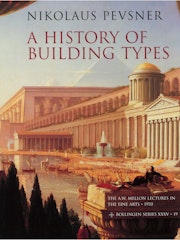
An essential guide to vital and often overlooked features of the architectural and social inheritance of the West
-
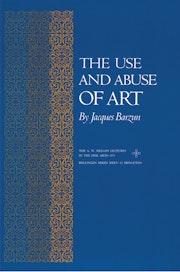
From the celebrated cultural historian and bestselling author, a provocative history of the evolution of our ideas about art since the early nineteenth century
-
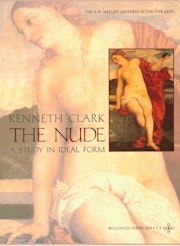
A landmark study of the nude in art—from the ancient Greeks to Henry Moore—by a towering figure in art history